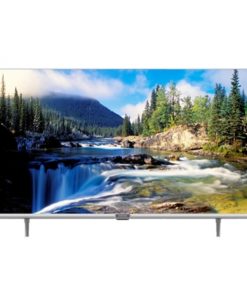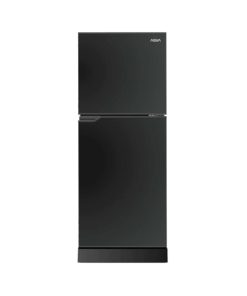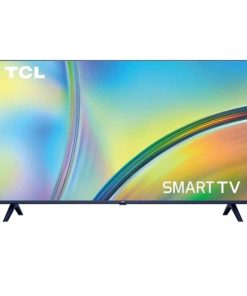- 1 Televisions
Televisions are essential electronic devices in most households, used to watch TV shows, movies, videos, and other entertainment content. Below is a detailed description of television products, including types, features, and related factors:
- 2. Key Features:
Resolution: Measures the number of pixels on the screen, affecting the sharpness of the image. Common resolution levels are HD (720p), Full HD (1080p), 4K (Ultra HD), and 8K.
Refresh Rate: The refresh rate measures the number of times the image is refreshed in a second. Higher refresh rates make the image smoother, especially when watching sports or fast-moving videos. Common levels are 60Hz, 120Hz, and 240Hz.
Sound System: TVs often have built-in speakers and support audio technologies such as Dolby Audio, DTS, or surround sound to enhance the listening experience.
Connectivity: Ports include HDMI, USB, AV, and Ethernet ports. Some TVs also support wireless connectivity via Bluetooth or Wi-Fi.
- 3. Energy Saving Technology:
Energy Saving Mode: Modes that help reduce power consumption by adjusting screen brightness or turning off unnecessary features when not in use.
Energy Standards: Many TVs today are equipped with energy standards such as Energy Star to ensure high energy efficiency.
- 4. Smart Features:
User Interface (UI): Smart TVs often come with an easy-to-use user interface that supports navigation and installation of applications.
Remote Control: Remote controls often come with buttons, and some high-end models may have voice or touch control features.
Online Apps and Services: Smart TVs can install apps and services such as Netflix, YouTube, Amazon Prime Video, and other streaming services.
- 5. Design and Size:
Slim Design: Modern TVs often have slim designs and narrow bezels, which save space and create an aesthetic appeal.
Screen Size: Measured diagonally across the screen, with common sizes ranging from 32 inches to 75 inches or larger, depending on the size of the room and viewing distance.
- 6. Installation and Maintenance:
Installation: TVs can be placed on a stand or wall-mounted using specialized TV mounts. Make sure the installation location has adequate ventilation and adequate lighting.
Maintenance: Regular maintenance should be performed by cleaning the screen and checking connections to ensure good performance.
- 7. Practical Applications:
Home: Provides entertainment for family members, from watching movies, TV shows, to playing games.
Office: Used to display presentations, video conferences, and other content in the work environment.
Business and Public: Used in stores, cafes, restaurants, and public spaces to advertise or provide information to customers.
Be the first to review “Android Tivi Xiaomi A2 32 inch L32M7” Cancel reply
Related products
Uncategorized
Uncategorized
Uncategorized
Uncategorized
Uncategorized
Uncategorized
Uncategorized
Uncategorized












Reviews
There are no reviews yet.